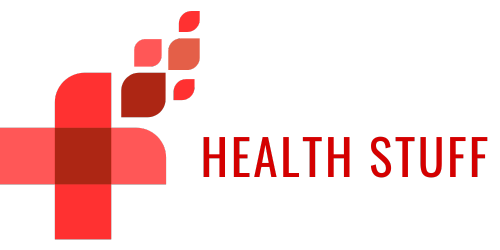Notifying patients properly to reduce no-shows
Make room for new patients and organize schedule by cutting down no-shows
Appointment no-shows in the world of healthcare are a common problem. No-shows create many problems both for patients and healthcare services providers. They create long waiting times, complicated schedules, and take up a lot of resources. When it comes to behavioral health appointments for example, the National Center for Biotechnology Information performed a study where the no-show rate for behavioral health appointments reaches a staggering 37.4% on average. These present huge losses for health clinics. However, in the world of ever-evolving technology, artificial intelligence (AI) is posing a solution for this problem. Let's examine how AI can help reduce no shows and why it is so effective at doing so.
Why it is so important to reduce no-shows
The results of no-shows or when a patient schedules but doesn't attend an appointment can not only have negative impacts on patient health, and hospital but also on clinics’ resource utilization. Considering the fact that treatment, preventive services, and other medical check-ups are not delivered when a patient misses an appointment, these no-shows are associated with poor control of chronic diseases and delayed presentation to care. By reducing no-shows clinics can operate more efficiently and handle more patients. On the other hand, the schedules are more organized and the waiting times are also decreased. However, what are exactly some of the things health clinics can do to achieve fewer no-shows?
Automated notifications vs personal calls
The use of automated notifications in the world of healthcare is nothing new. Chatbots have been used for a longer period of time in healthcare and have provided clinics with some benefits but not enough to handle the no-show rates. When reminding patients of their scheduled appointments, clinics have a few options. They can choose to do so using automated notifications or personal calls. A Research published in the American Journal of Medicine found that the majority of the patients are more likely to show up for their appointments if they receive a personal phone call versus an automated one. Talking with a real person may may create a greater feeling of obligation. However, regardless if clinics use real calls or automated ones, the key takeway is the way and time in which they are sent. Clinics need to carefully set up a proper plan for sending notifications instead of spamming them. Furthermore, confirmation of appointments is also important. It is not enough to simply make an appointment but rather it is also crucial to confirm it.
Communication is a key element in the world of healthcare. A patient needs to feel comfortable when talking with their healthcare service providers. Furthermore, patients need to receive the relevant information related to their healthcare journeys on time. Call centers and agents working in them are usually not the most effective way of communicating with patients. In addition to this, patients around the world do not like to go through the often complicated process of schedulling appointments through call centers.
How AI can help
It is no secret that technology is evolving at a very fast pace and a lot of clinics around the world are beginning to use AI to enhance their healthcare service delivery. To predict the probability of patient absenteeism, clinics are now able to look at patient variable data through machine learning and natural language processing engines. Overall, historical data and demographic data as well as population health metrics provides a more accurate assessment of the probability of a no-show. With all of this information available, health clinics can take action before the patient’s appointment date to help increase the likelihood of attendance.
There are several different things clinics can do to achieve this higher attendance. The effectivness of AI is visible through its ability to go through thousands of data entries in real-time. The machine learning algorithm can identify which patients are at the highest risk of absence. Using this information, clinics can make sure their time is consistently maximized and this in turn can enable them to receive more patients.
A natural processing engine that focuses 100% on healthcare interactions can greatly help health clinics communicate with their patients and also remind patients of their appointments. In addition to this, an NLP focuses on human interactions and learn from each conversation. It can approach each patient differently and send them the necessary information for their healthcare journey on time. A proactive and humanized care has a positive impact on the patient experience but also on the effectivness of health clinics and reducing no-shows. Patients will feel as if they are talking to a real person and thus form a stronger bond with their healthcare service providers than if they were receiving notifications from a regular chatbot.
Reducing no-shows efficiently
As we can see, no-shows have a direct effect on the performance and effectiveness of health clinics. A research by John Hopkins Medicine have found out that breaking the cycle of no-shows is possible by ulizing different tactics and several techniques. AI can truly help clinics who are struggling to deal with tight schedules, long waiting times, and no-shows. With the power of AI machine learning and natural language processing engines, clinics can start to reduce no-show costs while increasing overall patient satisfaction. Furthermore, all the data gathered by AI can also be used for creating data-supported recommendations for overbooking appointments. Of course, in addition to this, AI can perform multiple different tasks as well and operate 24/7 unlike call centers. A conversational AI has the ability to engage in meaningful conversations with patients reinforcing their trust in their healthcare service providers and forming stronger bonds with them. Finally, reminders, notificiations, and so on, can be fully operated by this AI at an efficient level where a patient is properly and timely reminded of the upcoming appointment instead of being spammed by constant notifications from chatbots.
 English
English Español
Español
